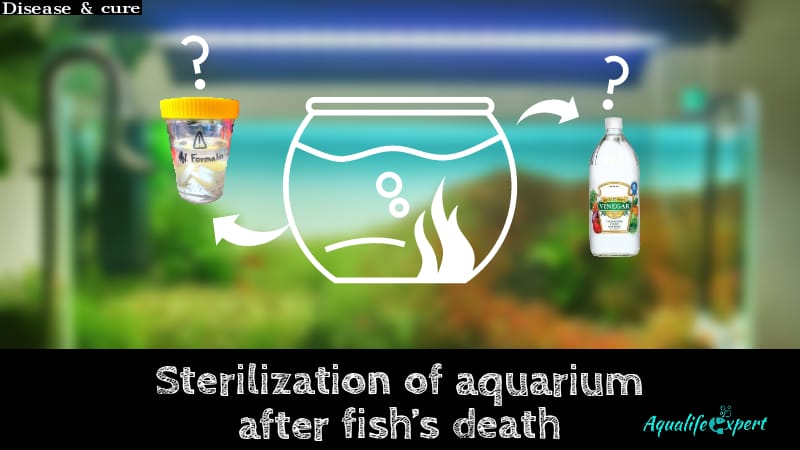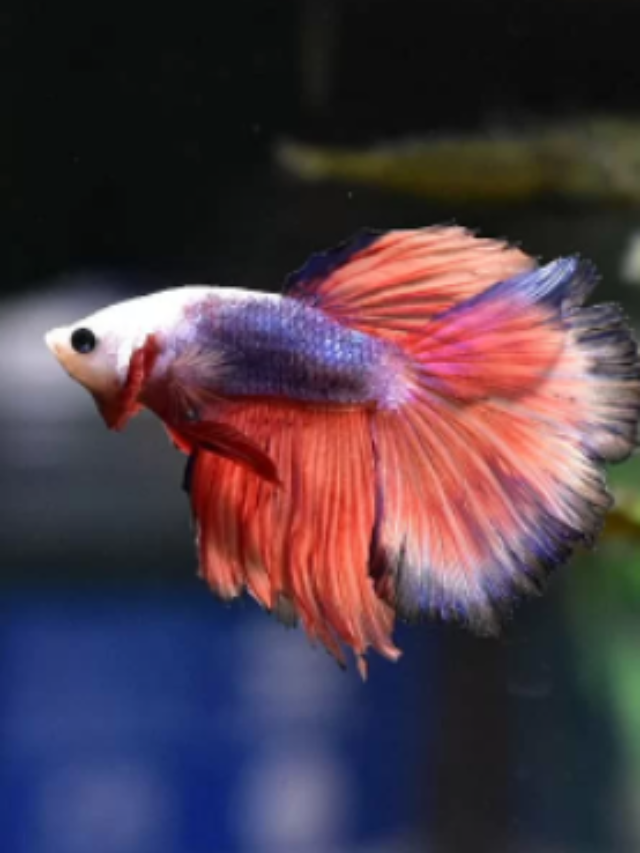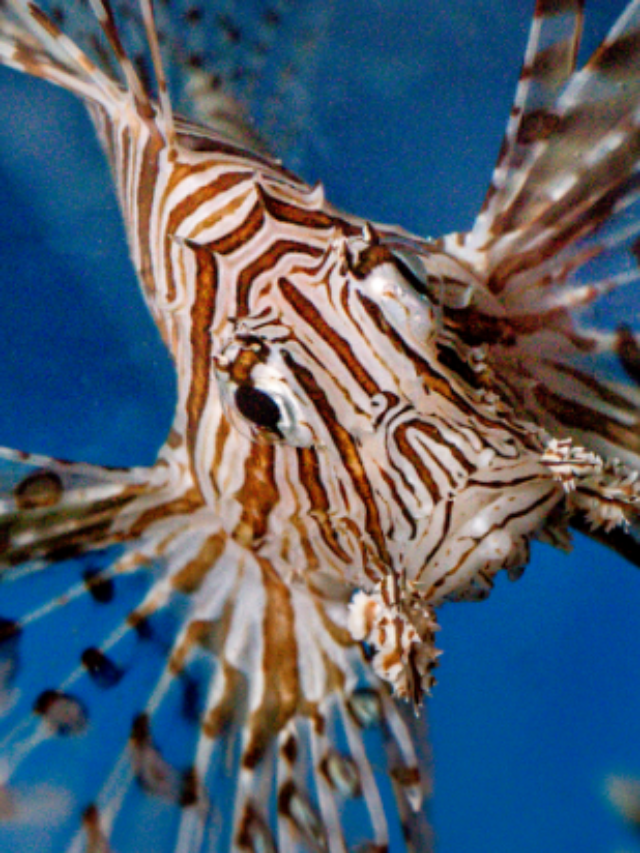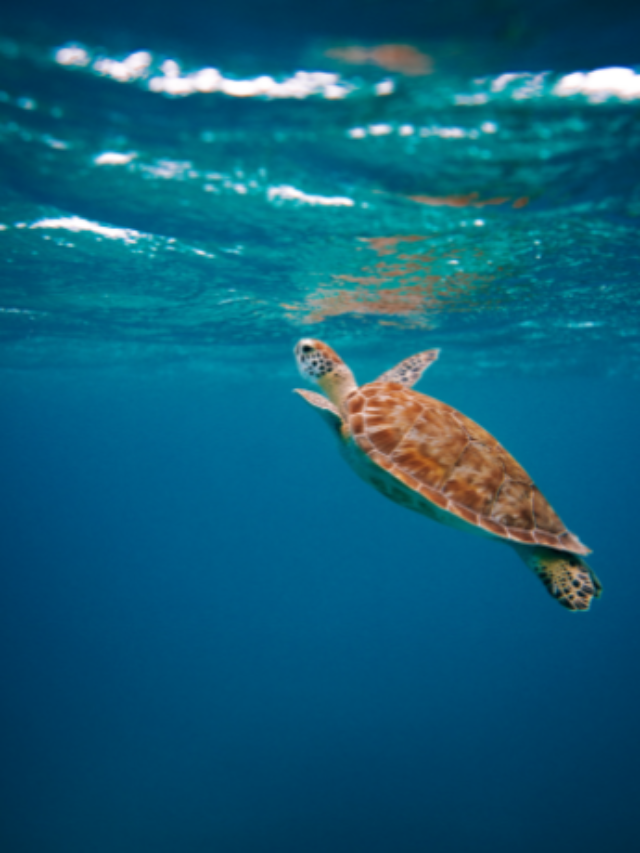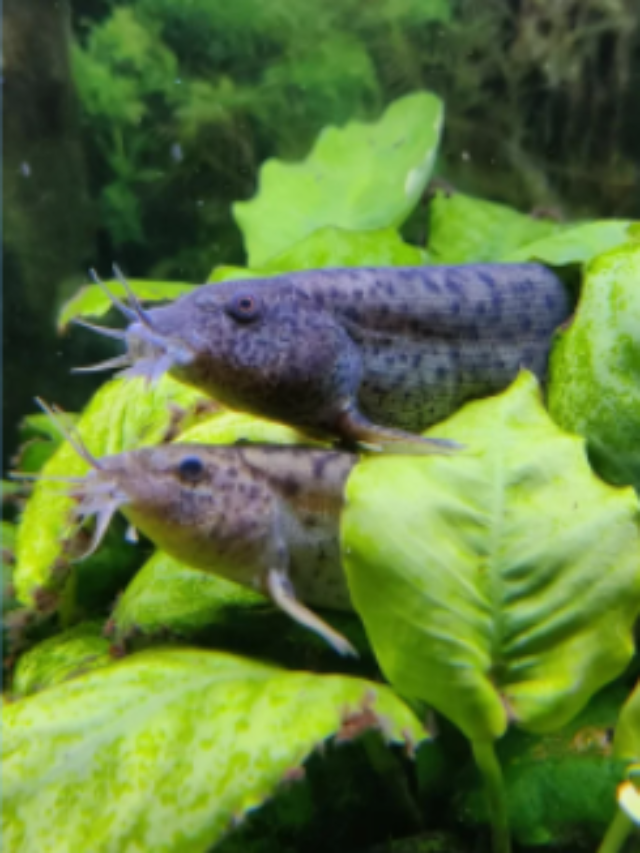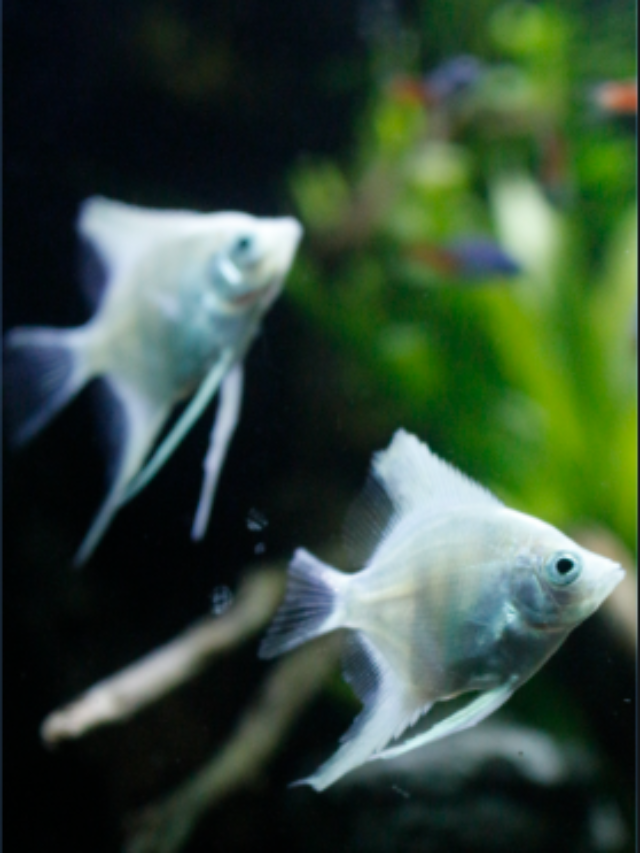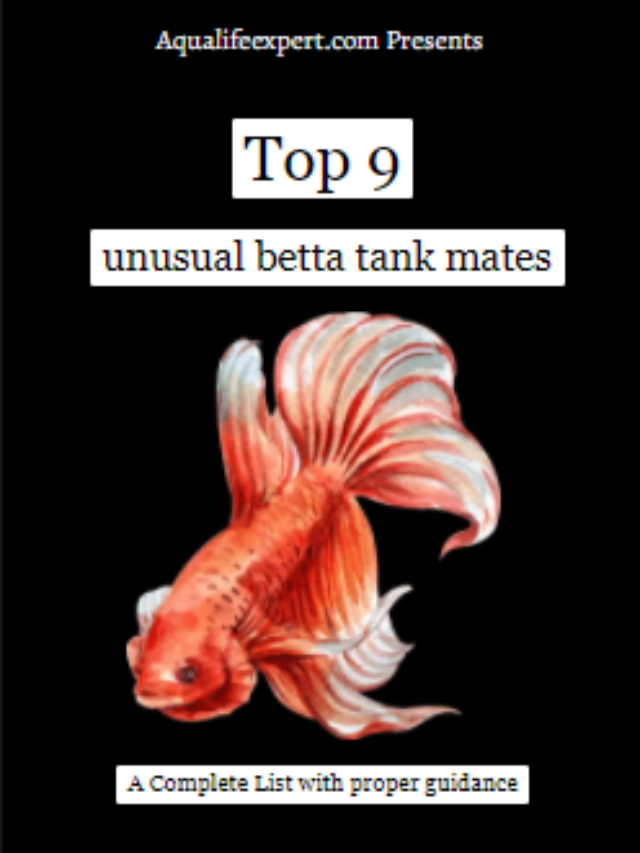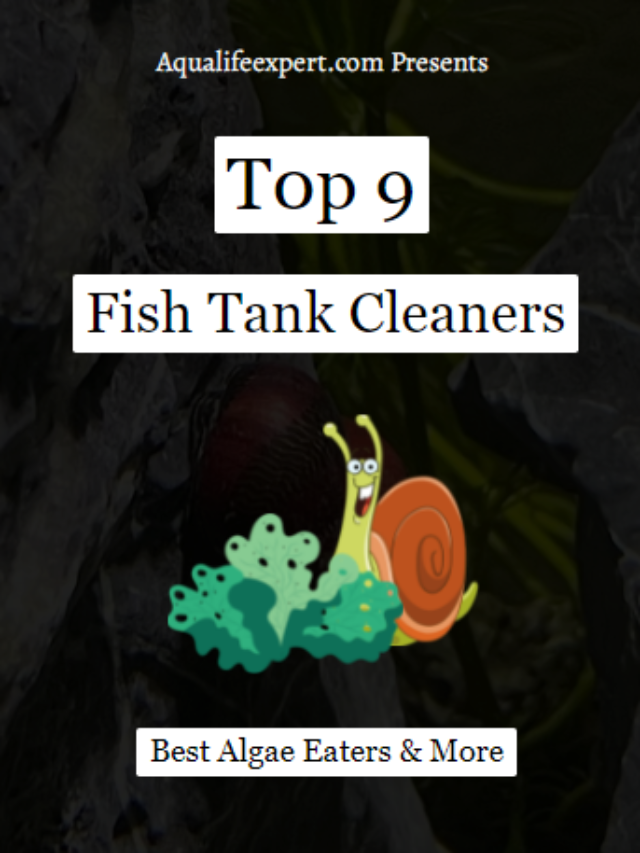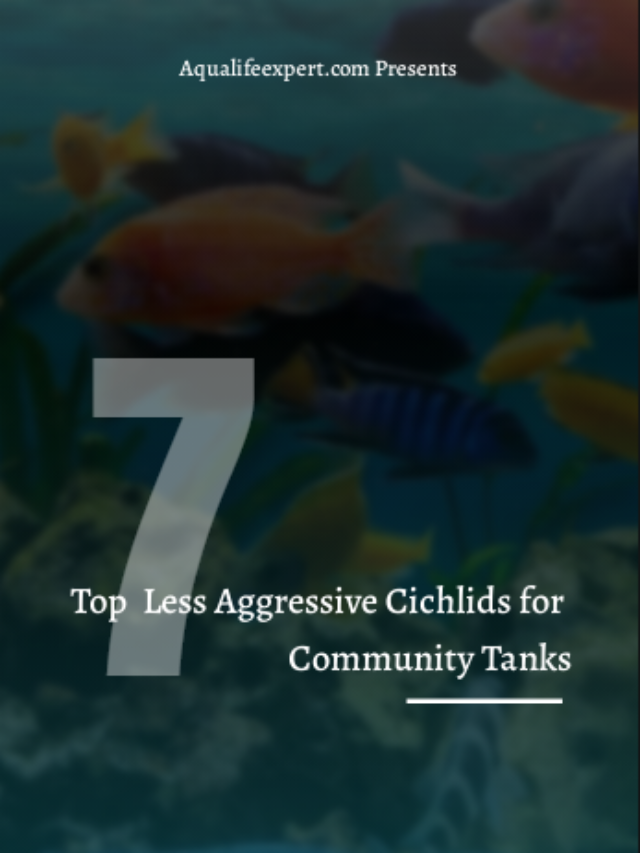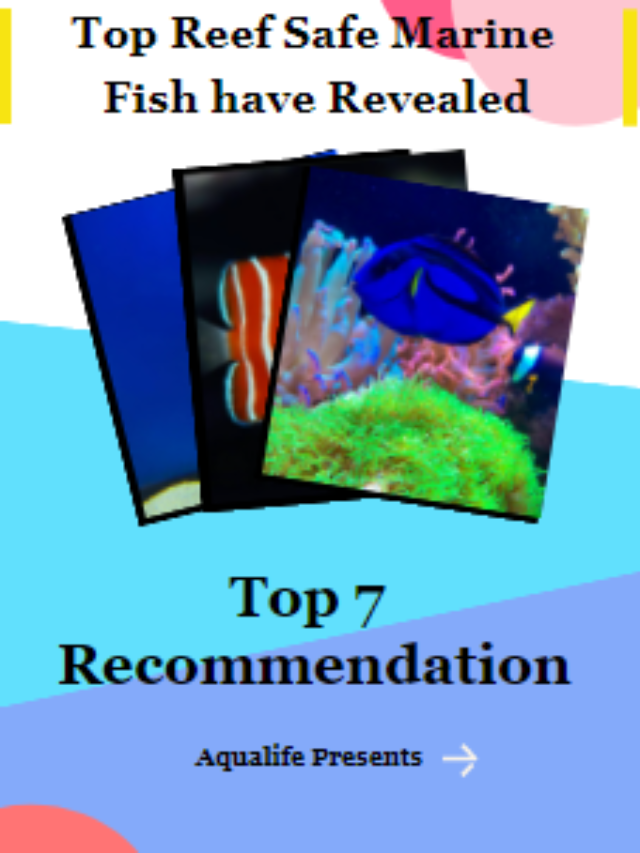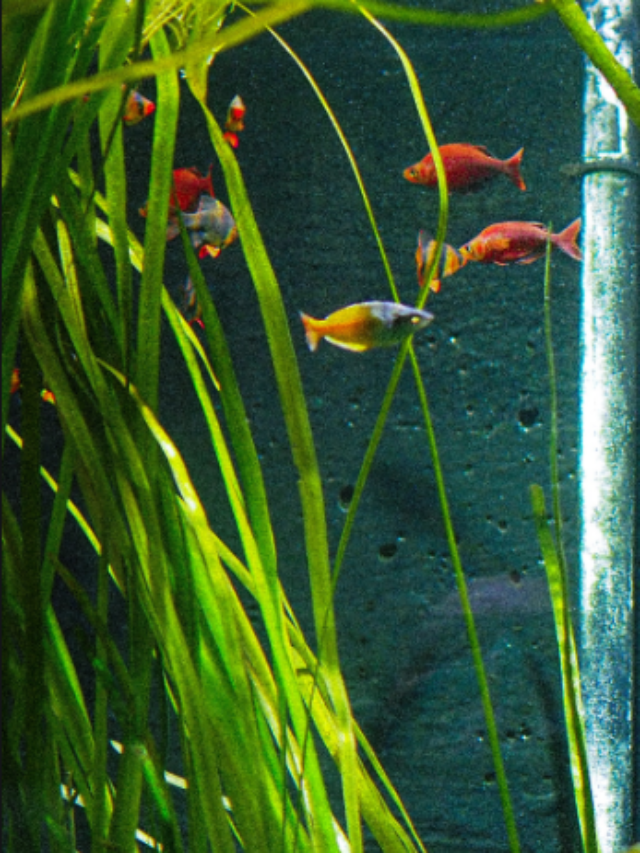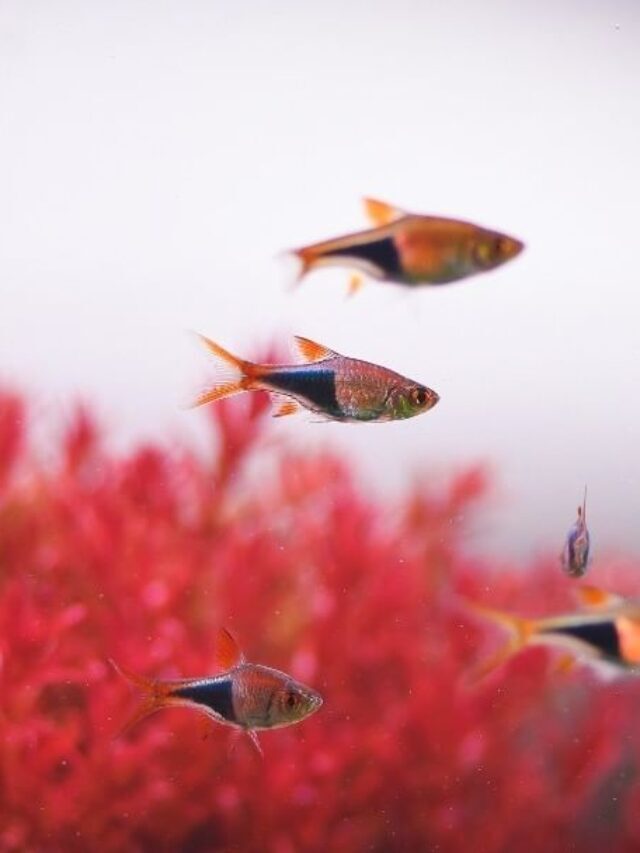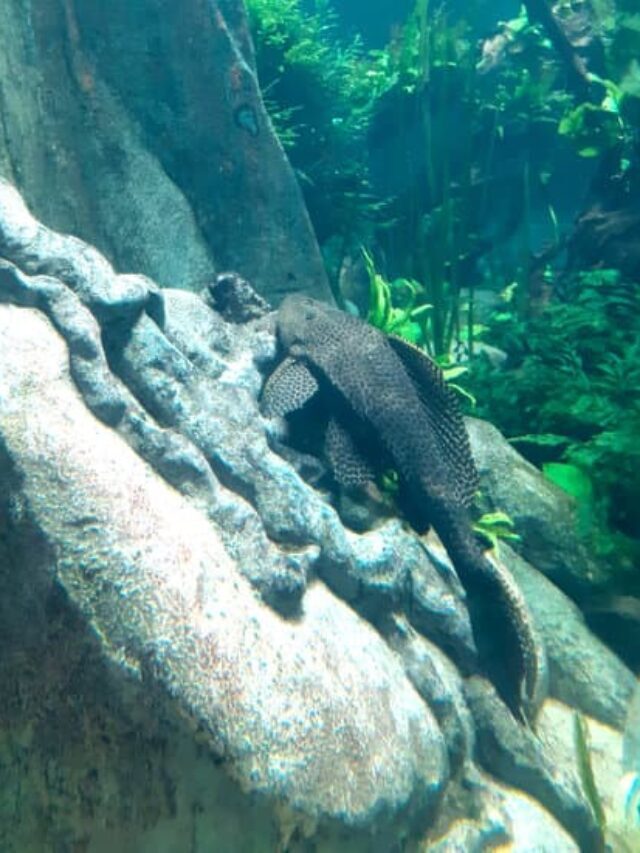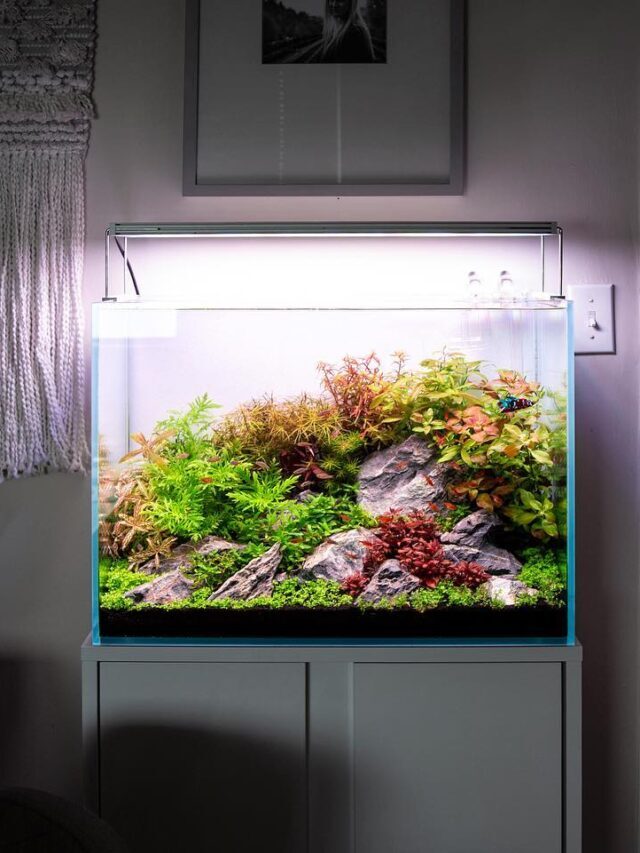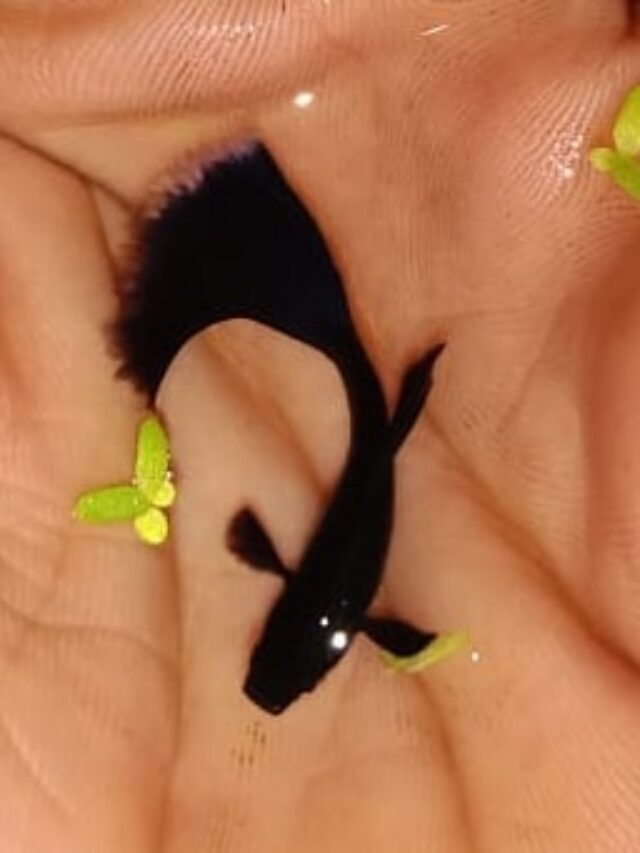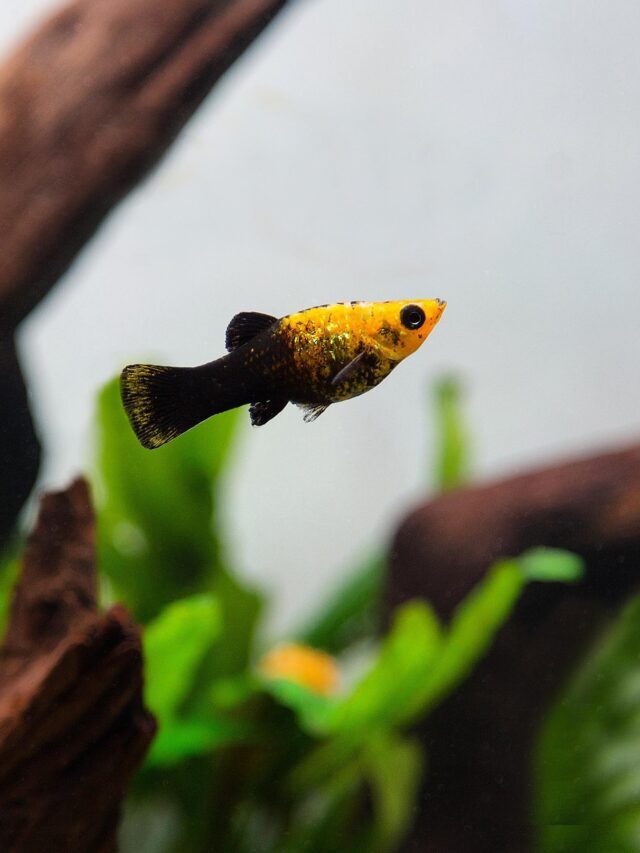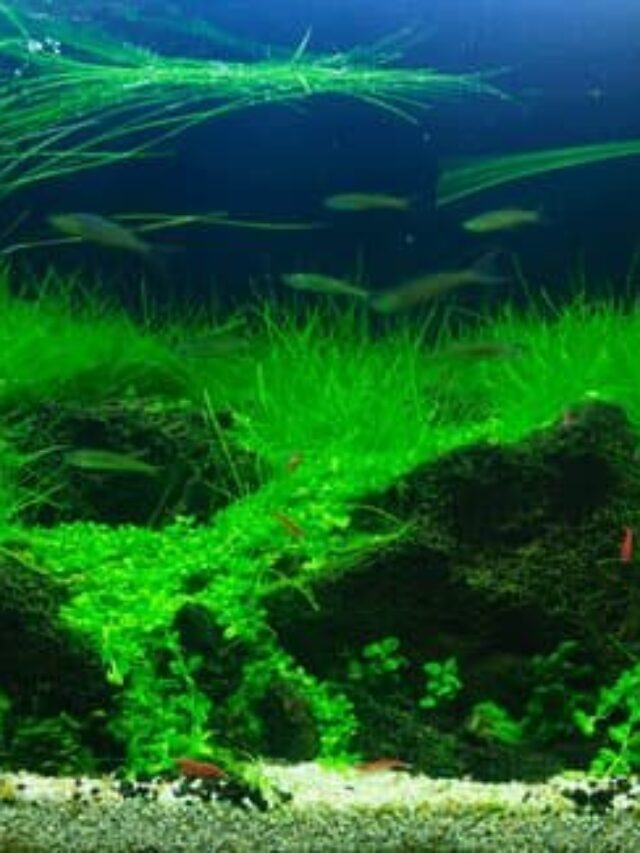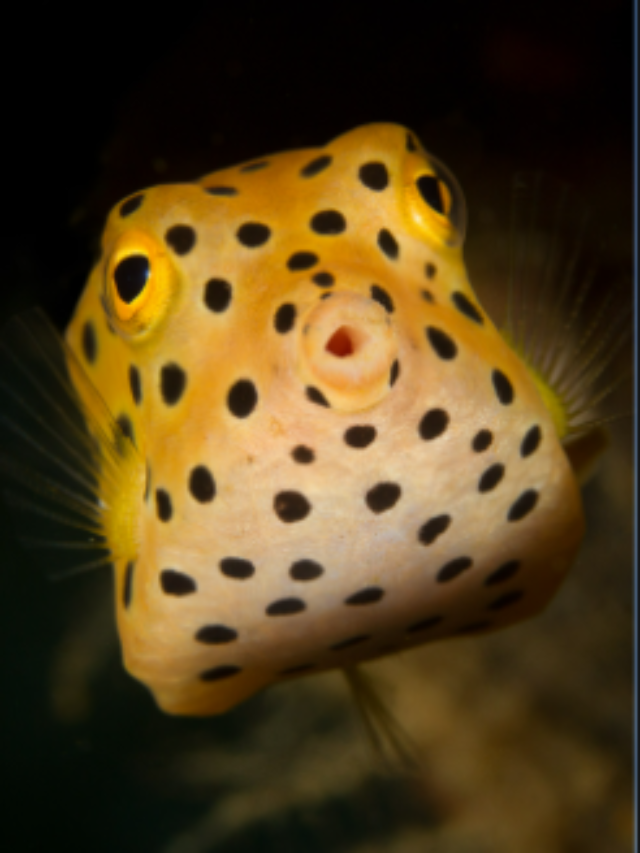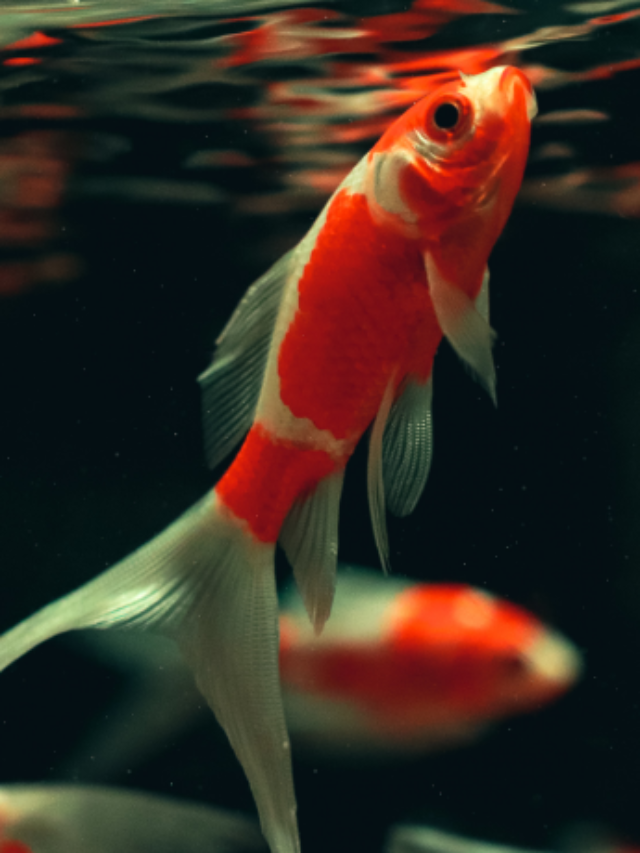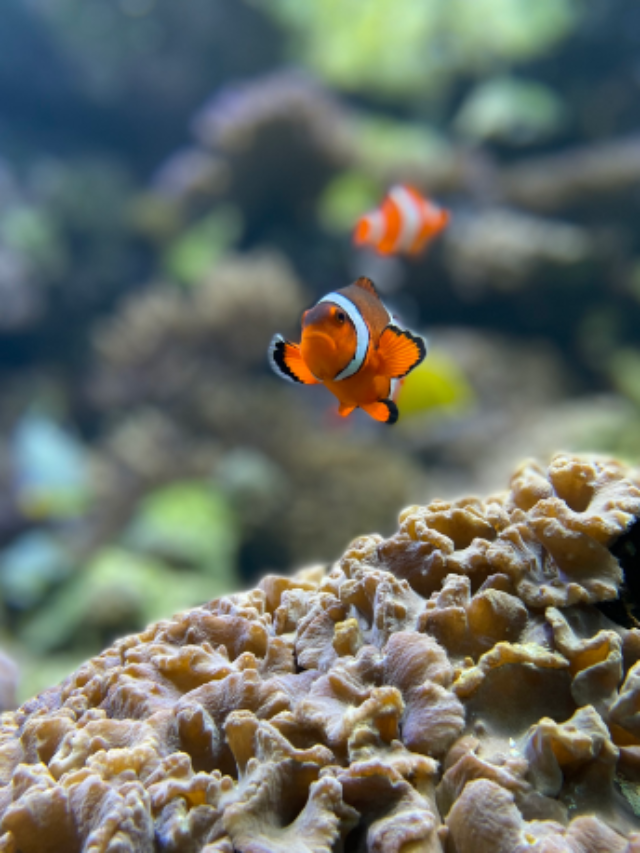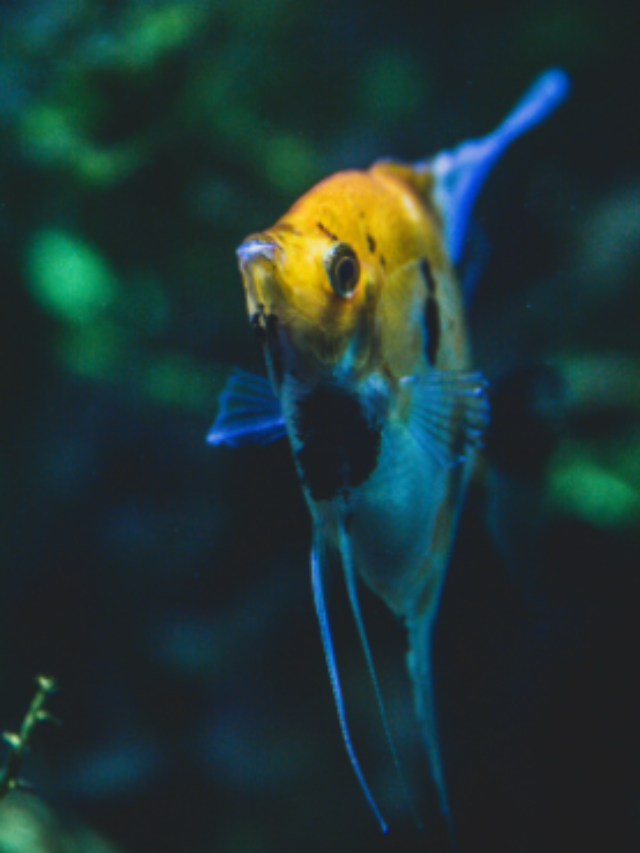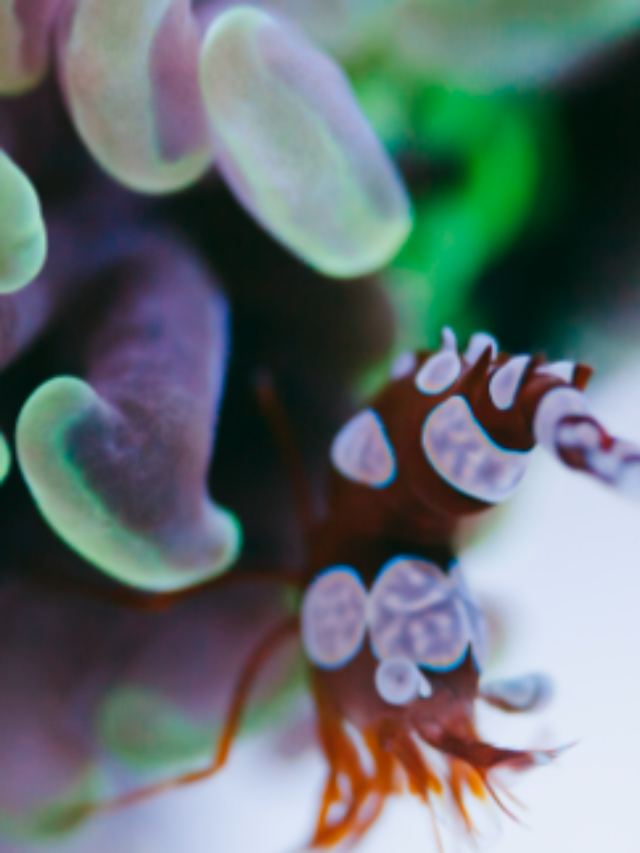Sterilization of Aquarium after Fish’s Death: A VETERINARY Guide
Check Our Quick Stories
If you notice a mass death of your aquarium fish then it is recommended to sterilize the fish tank well before starting again. According to l. a. Helfrich & Stephen A. Smith (Specialist and Professor, Department of Fisheries and Wildlife Sciences), It is obvious to sterilize the fish tank if you see that all of your fishes have died suddenly without any notice.
To sterilize an aquarium, vinegar is a good option. A solution of vinegar (1:1) should be used to clean all decorations, filters etc. Moreover, a formalin (2 drops/gal) solution is good to sterilize if the tank is infected by parasites. For new tank syndrome, fishless cycling and adequate aeration are required.
According to the veterinary guide, you should not go for direct sterilization once a couple of your fishes have died. You have to analyse the possible reasons for the death of those fishes. Here I will show you some common causes of fishes’ death.
| Note:- Before going for any medication you must know the real reason for the death of your fish. Here we’ll provide possible solutions for each & every reason for the fish’s death. We’ll mention a proper way to sterilize too if required in any case. We don’t recommend the disinfection process in every case because it destroys the tank establishment.
This answer is certified by Udipta Roy, M.F.Sc. (JRF), PhD Scholar, Aquaculture, ICAR-CIFE, Mumbai |
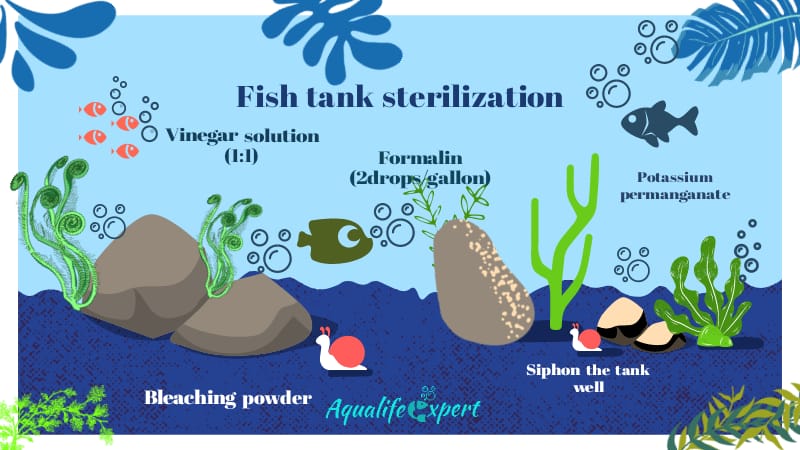
Why are fish dying in the aquarium?
The most common cause of fishes’ death is bad water quality. Fishes die due to high ammonia and nitrate levels. However, fishes may die from stress, suffocation, body injury, several diseases and parasite infection too. Besides this, mass aquarium fishes may die because of new tank & old tank syndrome sometimes.
Here I’ve given a brief idea of some reasons for your fishes’ death. However, it’s quite impossible to tell the exact reason without observing the tank condition. After doing analysis I’ll try to give a proper solution and medication for these by following the veterinarian’s opinion.
-
Bad water condition
-
Chlorine poisoning
Here I’ve told you that the most common cause of death of ornamental fish is bad water conditions. Now bad water conditions may arise from the very first day. You must check all the water parameters before adding fish, especially chlorine and chloramine level.
You may see thousands of websites where you will not find the adverse effects of chlorine. However, it is very harmful to fishes. You must check the chlorine level if you notice pink appears in the fish’s gill. It is the most common symptom of chlorine poisoning.
The chlorine level in the water of the aquarium should be less than 0.003 ppm. Tap water may contain more than 0.003 ppm of chlorine. A little bit of fluctuation is acceptable but if your chlorine level checker is indicating that there is a high chlorine concentration (more than 0.04 ppm) then you must take some action.
Solution – For chlorine poisoning, you don’t need to sterilize the fish tank with any medication but you need to change 100% of the water in this case. Before adding the water again you must keep the aquarium dry for 24 hours.
Now you must check the chlorine level of the new water source. If you see that source of water contains chlorine again then you can keep a bucket of water in the open space for 24 hours. Chlorine will evaporate from it.
However, if your aquarium size is big then you may not be comfortable using this method. For a large volume of water, you must use sodium thiosulfate. 1.5 grams of sodium thiosulfate can neutralize up to 200 ppm of chlorine from the 1-liter volume of water.
Read more:- Symptoms of chlorine poisoning in a fish tank
-
Ammonia poisoning
Ammonia poisoning is one of the top causes why all of your fish have died. It is called New tank syndrome. We have discussed this comprehensively later in this article. However, from this point, you can know about the causes.
The nitrogen cycle is one of the essential parts of a fish tank. Now it starts from fish waste or protein or detritus. All of these things turn into ammonia and at that time the ammonia level rises. However, different types of nitrifying bacteria turn this ammonia into nitrite and then nitrite is converted into nitrate.
Causes of an ammonia spike
Ammonia spike generally occurs due to excessive uneaten foods, detritus and high protein concentration. Overstocking of fish is another reason for an ammonia spike in the freshwater tank. Besides this, broken filters, the sudden death of massive algae can lead to an ammonia spike too.
Read more:- Fish Suddenly Died After Water Change: 7 Possible causes with solutions
Signs of ammonia poisoning on the body of fish
- A bleeding gill is a sign of ammonia poisoning.
- The other two signs are inflamed eyes, anus and fins.
- In bare eyes, it seems like bleeding.
Solution – To resolve this you don’t need to sterilize the tank fully. However, you have to change the water more frequently. This process will certainly reduce the ammonia level. You must look after the tank’s filtration process. You can use driftwood to reduce pH level in this case. A lower pH level helps to deplete the ammonia level of the tank. A couple of pieces of driftwoods can be a good choice for lowering the pH level.
If you notice that some of your fishes are still alive then immediately you must shift to a temporary isolation tank. Make sure that the isolation tank’s condition is stress-free enough. After treating the mother tank you should not put the fish in again. You must take a two-four weeks gap before stocking the fish again.
Read more:- Betta Fish is Turning Black/White: Doctor’s Opinion On It
-
Fluctuation of pH level
PH level is one of the most important parameters of an aquarium. If you don’t care about pH level then you should know the concept of it. It is because too much fluctuation of pH level can destroy a fish tank within a few days. Thus you have minimum knowledge about it.
Lots of new aquarists think “perfect pH level” is a must for every fish species. However, it is actually not. Different types of ornamental fish can tolerate a high range of pH level if they are acclimated well in the tank. So you must check pH if you have lost a mass aquarium fish.
Fishes can tolerate a slow change of pH level but if a rapid change of pH happens anyhow then it will create a shock and most of the fishes will die off.
For instance, if you have cichlids then you can set a high pH level (more than 7.5). It is because cichlids thrive in alkaline water conditions. However, it doesn’t mean that cichlids will die if the pH level is below 7.5.
Lots of aquarists try to set pH manually. Thus you have to check this too.
Solution –To resolve this you don’t need to sterilize the tank. If you find that you have a high pH level then you can use driftwood and carbonic acid to lower it and to increase the pH level of water you can use crushed coral or baking soda.
For each and every case you need to provide at least a 48-72 hours gap before adding any fish. Otherwise, it may happen again. It is recommended to leave the aquarium for one week and then add fish. You don’t need to sterilize the tank fully.
| Note:- Potassium permanganate is much cheaper than formalin solution and it is vastly used for commercial purposes. Though formalin is recommended, still you need some precautions while using a formalin solution. You must aerate your tank well after using a formalin solution to sterilize it. It is because formalin helps to deplete the oxygen level quickly. Thus if you do not aerate the tank well then the DO level may be decreased a lot. |
Read more:- Importance of pH at your fish tank? & how to control
-
Parasite infection
External parasite infection is very harmful to any type of ornamental fish. It can happen to any type of fish. It can be much more infectious and can destroy your fish tank. So you must be aware of it.
There are two common parasitic diseases that your ornamental fishes may face. These are Argulus and Ergasilus. There are other types of parasitic diseases too. However, these two are most common
Symptoms of Argulus
Fishes may scratch their body against any object in the aquarium. The fins of the fishes may be clamped due to this. You can notice parasites (1/4th dia) in a fish’s body. Red spots will be visible on the infected portion of the fish’s body.
Symptoms of Ergasilus
Ergasilus attacks primarily to the fish’s gill instead of its skin. So aquarists may see the whitish-green thread at the fish’s gill. It is the most common symptom of Ergasilus parasitic disease of ornamental fish.
Solution – You must sterilize the fish tank if your fishes have died from the parasitic disease. It is most recommended to use potassium permanganate solution to sterilize the tank well. You don’t need to replace the filter and gravel. You must be siphoning the tank well. After that, you can rinse the tank with dechlorinated water. It is recommended to follow the ‘fishless cycle’ method to start again. This method has been described below.
It is also recommended to add the water slowly. When you will perform this, make sure to measure all the water parameters well.
| Note:- In this article, we’ve just covered a very small portion of external parasitic or bacterial diseases. Different types of fishes may be affected by different types of worms or parasites or bacteria. So It is not recommended to focus only on these couple of diseases. |
Read more:- Is Epsom salt good for aquarium fish?
-
New tank syndrome & old tank syndrome
-
New tank syndrome
New tank syndrome is seen after the sixth week of building the fish tank. In this syndrome, fishes become lethargic and inactive. It may happen due to external parasites. In this case, tank establishment becomes so difficult to perform due to high ammonia and nitrite levels. Chlorine level may be high in this case also. Fishes start dying off frequently for this new tank syndrome.
Solution – Full tank sterilization is not required in this case (except parasites infection). One of the common solutions for it is a large number of water changes frequently.
If all of your fish has died recently then it is recommended to start recycling your tank with a ‘fishless cycle’ method. In this method, you first establish the tank before adding any fish to it. You must add a little bit of ammonia to initiate the cycle. 1-5 mg/l of ammonia is recommended to add to the tank. You must wait up to 8 weeks to add a fish to the tank.
Another method is to add different types of fish to the aquarium at a very slow rate. It means you have to add fish for several months. This process will not work anymore if you add all fishes altogether. This slow process will initiate starting tank establishment well and quickly. However, in this process, you must carefully check ammonia and nitrite levels.
-
Old tank syndrome
If you have a tank, Old tank syndrome is related to ammonia and nitrite concentration. If you have a large fish tank filled with carnivorous fish species then these require a very large quantity of protein. This protein converts into a large amount of ammonia and nitrite. At that time biofilter tries to reduce the level of ammonia and nitrite with the help of bicarbonate. Excess bicarbonate reduces the alkalinity and that’s why pH starts dropping.
Here pH fluctuation is inversely proportional to the quantity of protein consumption per day. If you clean the tank regularly then it won’t be an issue. However, this issue happens with experts also. So you should not worry about it much.
Solution – You can start again without sterilizing the whole tank. Large volumes of water change are the only solution here.
To fix old tank syndrome, you have to change the water more frequently. Daily large volumes of water change are most recommended because old tank syndrome starts from the small and infrequent water change. Large volumes of water change can reduce the chances of getting pH shock.
-
Several diseases of fish
Keeping a fish as a pet is the second-largest hobby after photography. Thus aquarists can face different types of fish diseases while keeping fish. Medication is required according to the diseases. Aquarists do not need to sterilize the mother tank if the disease does not appear from parasites or bacteria.
Types of ornamental fish diseases
Ornamental fishes may generally have five types of diseases. These are
- Genetic diseases
- External or environmental associated diseases
- Physical injuries of fishes
- Co-existing organisms
- Nutritional diseases
Solutions – Fishtank sterilization depends on diseases. If your fishes are suffering from a disease by coexisting organisms then you must sterilize the mother tank. For infectious diseases, you can use a tank bath. It is highly recommended by us. For the bath tank, you can use a formalin solution according to the veterinarian. It is an extremely useful chemical to remove bacteria, harmful fungi from the aquarium. So you can use a formalin solution to sterilize fish tanks after the death of the fish.
It is useful for infected fish too. If you see that a couple of your fishes are struggling to live due to infections then you can use formalin bath treatment to control protozoa.
| Note:- FDA has confirmed that two formalin brands can be used to sterilize the fish tank and to cure fish that is infected by protozoa. These are Formalin-F & Paracide-F. For short-term baths, these two solutions can be used. 150-250mg/ltr is most recommended, not more than 60 minutes (water temperature 21°C). |
-
Stress in fish
Fishes can die from stress too. Stress is one of the major causes of the death of fish. However, stress can generate on ornamental fishes from all the situations described on the top. So, mass death of fish is possible from stress.
However, I’m not talking about the mass death of fishes because already I’ve given the most possible solutions for those reasons. Here I’m talking about the stress on the single ornamental fish. This stress can be generated from lack of food, lack of DO in the aquarium, overpopulation in the aquarium, weakness, internal or external injury, and so on.
Signs of a stressed fish
According to a veterinarian, there are some symptoms to spot a stressed fish after its death.
- The body color of fishes will be dark enough
- White, spots may appear in the body, fin, gill etc.
- Popeye
- Abdominal swelling
- Skin/fin lesions
- Cloudy or slimy skin
- Disproportionately large head
These signs will ensure you that your fish has died because of stress. Change of coloration indicates the most. So you must take care of this issue if you can notice this change before.
Solution – Full tank sterilization is not required. Stresses can generate for various reasons on fishes. However, if you notice a couple of fishes has died due to stress then you must look after your other fishes immediately. Activities of fish will ensure you whether other fishes in the tank are healthy or not.
If other fishes are absolutely fine, still you should check the water parameters for surety purposes. To remove the toxicity, you must change a minimum of 20% of water several times. You can use a water conditioner here for safety purposes. Seachem’s Prime is the most recommended water conditioner from us that you can use.
If you observe that other of your fishes are feeling unwell then you immediately take action. You must build several small isolation tanks depending upon your fish quality and size and here you take care properly according to its issue. You can sterilize the mother tank with the help of vinegar. You should rinse all the decorations, filters, gravels, etc. You must not put any type of soap in it. However, here we are not prescribing any type of medicine without knowing the actual reasons.
Read more:- Is the discus turning black? Don’t make these horrible mistakes
Conclusion
If your fish has died recently then you don’t need to sterilize the fish tank without knowing the right cause of death. If that fish was infected by parasites then you must sterilize the tank. However, there are hundreds of reasons for the fish’s death. This article has tried to give an overview of the most common causes of ornamental fish’s death.
Not only that, this article has described when you need to sterilize the fish tank and what the actual methods are. All of these methods are consulted with several veterinarians. Thus don’t rush to disinfect the fish tank. It is because the disinfection process will destroy the tank establishment. So it is not recommended to sterilize the fish tank every time. However, if you see all of your fishes have died then you must read this article thoroughly to know the causes of it with the next step.
So best of luck & happy fishkeeping🐟

